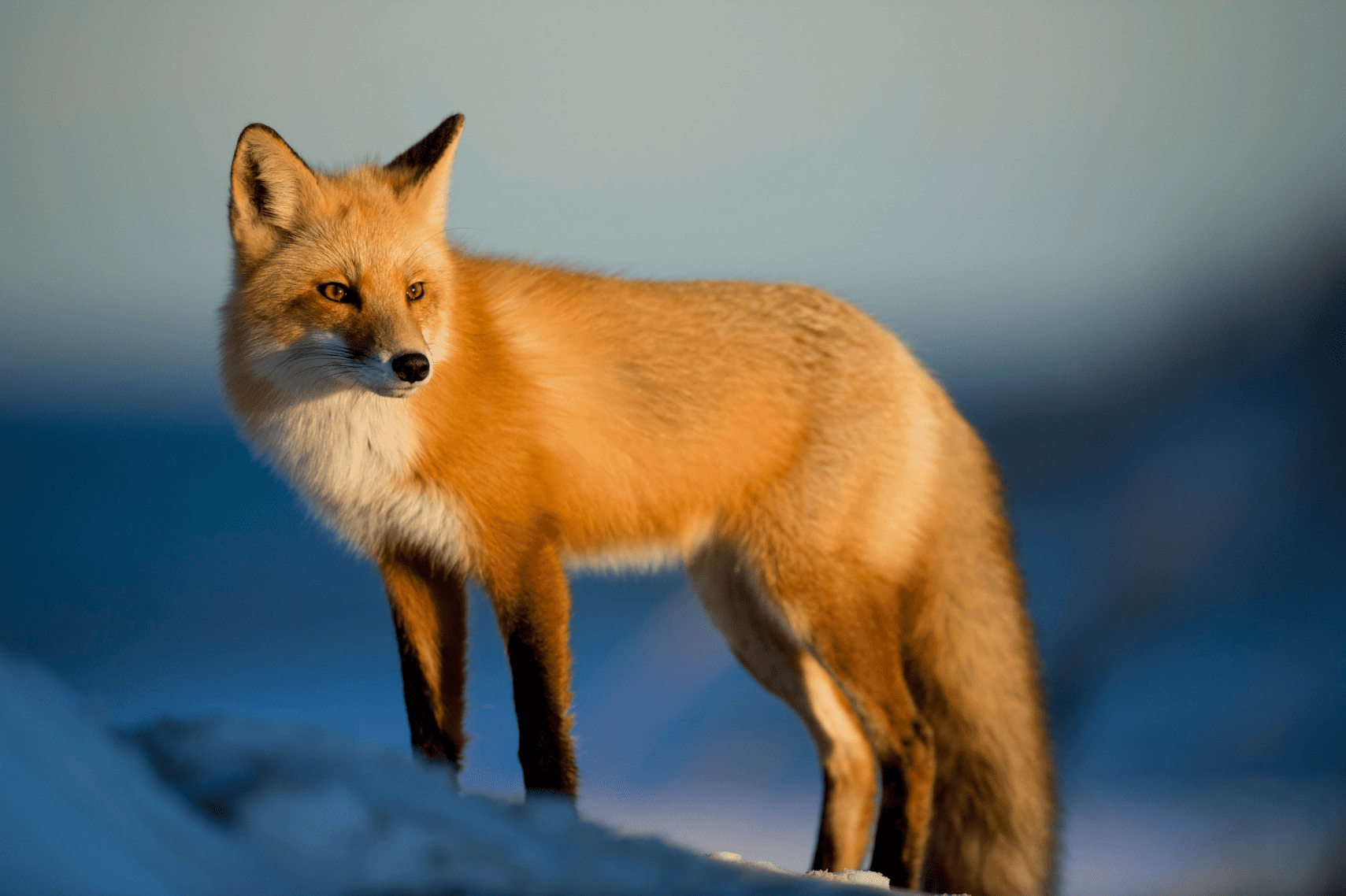-
Call Now: +913878958932
-
Email Now: [email protected]

The survival of ancient wildlife is a testament to resilience and adaptability. For thousands of years, these creatures have endured changing climates, shifting landscapes, and countless challenges, evolving to become icons of strength and beauty. Yet, their survival is now threatened more than ever, as human activity disrupts their habitats and endangers their existence.
Ancient wildlife, such as lions, tigers, and giraffes, holds immense ecological, cultural, and scientific value. These animals not only maintain the balance of their ecosystems but also serve as symbols of our natural heritage. They remind us of a time when the world was wilder, and the relationship between humans and nature was one of mutual respect and interdependence.
The loss of these species would have profound consequences, both for the environment and humanity. Without predators like tigers and lions, prey populations would grow unchecked, leading to overgrazing and habitat degradation. The disappearance of grazers like deer and giraffes would disrupt plant regeneration, altering entire landscapes.
Conservation efforts must focus on preserving these ancient creatures and the ecosystems they inhabit. By protecting wildlife corridors, combating poaching, and raising awareness, we can ensure that the legacy of ancient wildlife continues. Their survival is not just a matter of ecological importance—it is a reflection of our commitment to preserving the natural world and its wonders.